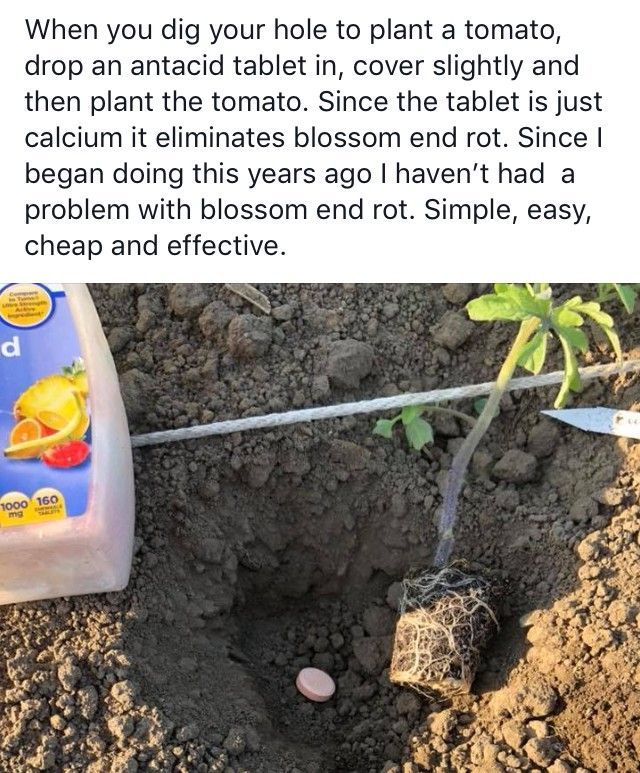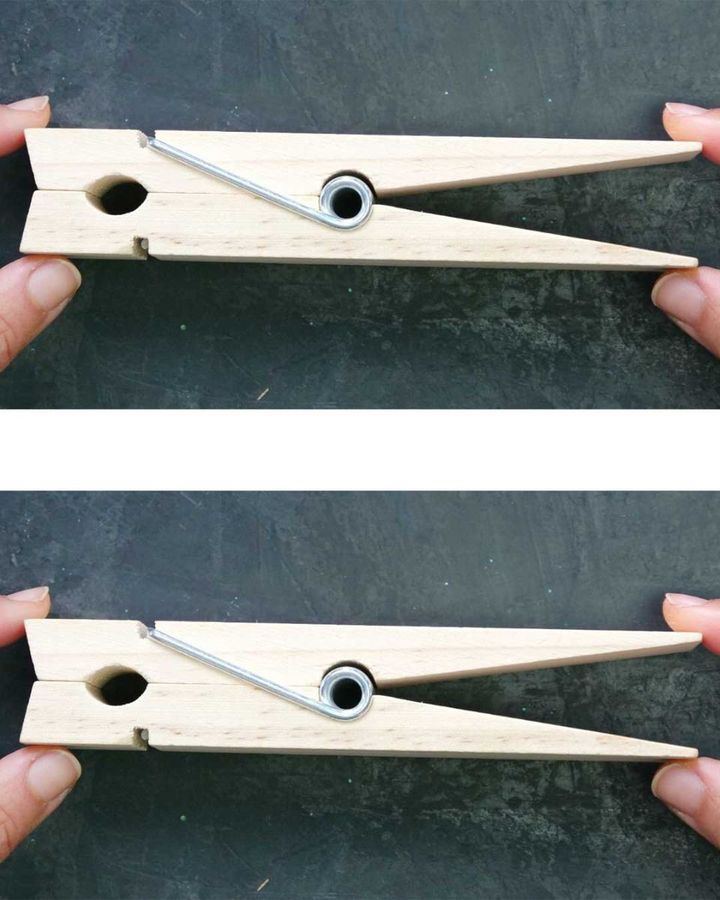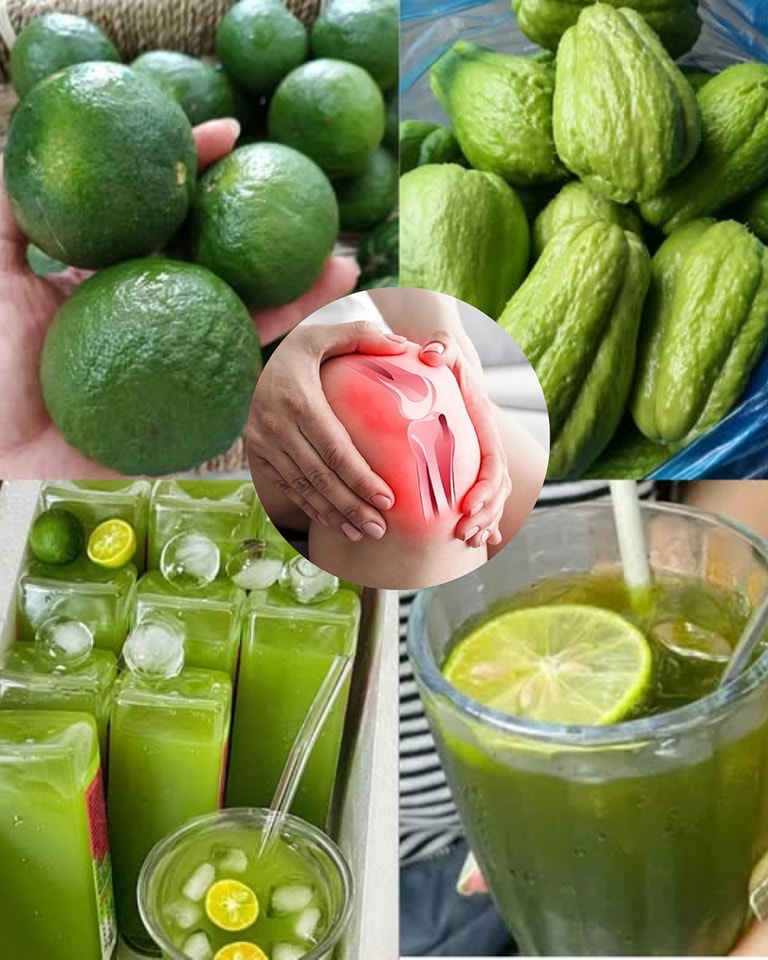Tomatoes are not only delicious, but they can also be used in a multitude of dishes—from salads to sauces, soups, and snacks. They’re also incredibly beneficial for your health, being packed with vitamins and antioxidants. However, growing tomato plants can be quite challenging. They are susceptible to a wide range of issues that can lead to their demise, from root rot to fungal diseases. In this article, we’ll provide you with the tips you need to ensure your tomato plants thrive and yield bountiful, flavorful harvests.
1. Choose the Right Tomato Varieties
Before planting tomatoes, it’s essential to select a variety suited to your climate and space. Tomatoes primarily fall into two categories: determinate and indeterminate varieties.
- Determinate tomatoes: These tomatoes grow to a certain size and then stop, producing all their fruit in one go. They’re perfect for small spaces or container gardening.
- Indeterminate tomatoes: These plants continue growing throughout the season, producing fruit gradually. They require more space and support but yield tomatoes over a longer period.
Make sure to choose the variety that fits your gardening needs. If you’re working with limited space, go for determinate varieties. If you have a larger garden, indeterminate varieties, which provide a longer harvest, might be the better choice.
2. Plant at the Right Time
Tomatoes need warmth to grow successfully. It’s crucial to plant them when the soil is sufficiently warm. Generally, you should wait until the soil temperature reaches at least 59°F (15°C) before planting. If you live in a cooler climate, start seeds indoors about 6 to 8 weeks before the last frost date. This gives your plants a head start and ensures they’re ready to be transplanted outside when conditions improve.
3. Use Quality Seedlings
Whether you’re buying seedlings or starting from seed, make sure to choose healthy, robust plants. Look for seedlings with strong stems and well-developed roots. If you’re starting from seed, give them a good start by planting them in quality seed-starting mix and providing warmth and plenty of light.
4. Prepare the Soil Properly
Tomatoes thrive in well-drained, fertile soil with a slightly acidic pH (between 6 and 6.8). Before planting, prepare the soil by working it deeply and adding compost or well-rotted manure. This will enrich the soil with nutrients and improve its structure, which is essential for healthy tomato roots. You can also incorporate a phosphorus-rich fertilizer to support root growth and flowering.
5. Plant Deeply
When planting tomatoes, go a little deeper than you would for other vegetables. Tomatoes have the unique ability to develop roots along their buried stems. By burying the bottom set of leaves under the soil, you encourage a deeper, stronger root system that will help the plant absorb more water and nutrients.
6. Provide Plenty of Sunlight
Tomatoes require a lot of sunlight to grow properly. Ensure they receive at least 6 to 8 hours of direct sunlight per day. If you’re growing tomatoes outdoors, choose a sunny spot in your garden. If you’re growing indoors or in a greenhouse, make sure the plants get enough artificial light, preferably from grow lights that simulate sunlight.
7. Watering Is Key
Tomatoes are heavy drinkers, especially during their growing phase. However, it’s important not to overwater them. Overwatering can lead to root rot and other fungal diseases. A good method is to water deeply but less frequently, allowing the soil to dry out a little between waterings. This encourages the roots to grow deeper into the soil in search of moisture.
Consistent watering is especially important during flowering and fruit setting. Any drought stress during these periods can result in poor fruit development and even blossom end rot. Water your tomatoes early in the morning or later in the evening to avoid rapid evaporation from the heat of the day.
8. Protect Your Plants from Diseases
Tomatoes are prone to a variety of diseases, including blight, verticillium wilt, and fusarium wilt. To prevent these issues, ensure good air circulation around your plants by spacing them adequately. Also, consider growing disease-resistant varieties if you’ve had problems with tomato diseases in the past.
Another useful tip is to mulch around your plants. Mulch not only helps retain moisture in the soil, but it also prevents soil-borne diseases from splashing onto the plants during watering or rainfall. Keep the mulch away from the plant stems to avoid rot.
9. Don’t Over-Prune
While it may be tempting to prune your tomato plants heavily, it’s important not to overdo it. Excessive pruning can reduce the plant’s ability to produce sugars, which are essential for the flavor of the fruit. It’s okay to remove a few leaves, especially the lower ones that may be turning brown or diseased, but avoid removing too many leaves as it could reduce the plant’s overall health and yield.
10. Feed Your Plants Regularly
Tomatoes are heavy feeders and need plenty of nutrients to grow strong and produce high-quality fruit. Use a balanced, organic fertilizer every month, making sure to choose formulas rich in phosphorus and potassium. These nutrients are key for flowering and fruit development. You can also supplement with compost or water your plants with the leftover water from cooking pasta (which is full of nutrients) for an extra boost.
11. Support Your Tomato Plants
Indeterminate tomato plants, in particular, need support as they grow. Their branches can break under the weight of the fruit if not properly supported. Use stakes, tomato cages, or trellises to support your plants as they grow. Be sure to tie the stems gently with soft plant ties to prevent damage.
12. Manage Pests
Tomatoes are susceptible to a variety of pests, including aphids, whiteflies, and tomato hornworms. Use natural pest control methods, such as introducing beneficial insects or using insecticidal soap. Regularly check your plants for signs of infestations and address issues early before they become larger problems.
13. Harvest at the Right Time
Tomatoes should be harvested when they are fully ripe, but before they begin to soften or rot. Ripe tomatoes are generally uniform in color and slightly soft to the touch. If you can’t pick all your tomatoes at once, you can harvest slightly green tomatoes and allow them to ripen on the counter. Just be sure to keep an eye on them so they don’t over-ripen and become mushy.
Conclusion
Growing tomatoes can be challenging, but with a little patience, care, and the right techniques, you can successfully grow these delicious fruits in your garden. By choosing the right variety, preparing your soil properly, watering consistently, and protecting your plants from pests and diseases, you can enjoy a healthy and productive tomato harvest. Follow these tips, and you’ll be on your way to growing vibrant, flavorful tomatoes all season long.
Happy gardening!





